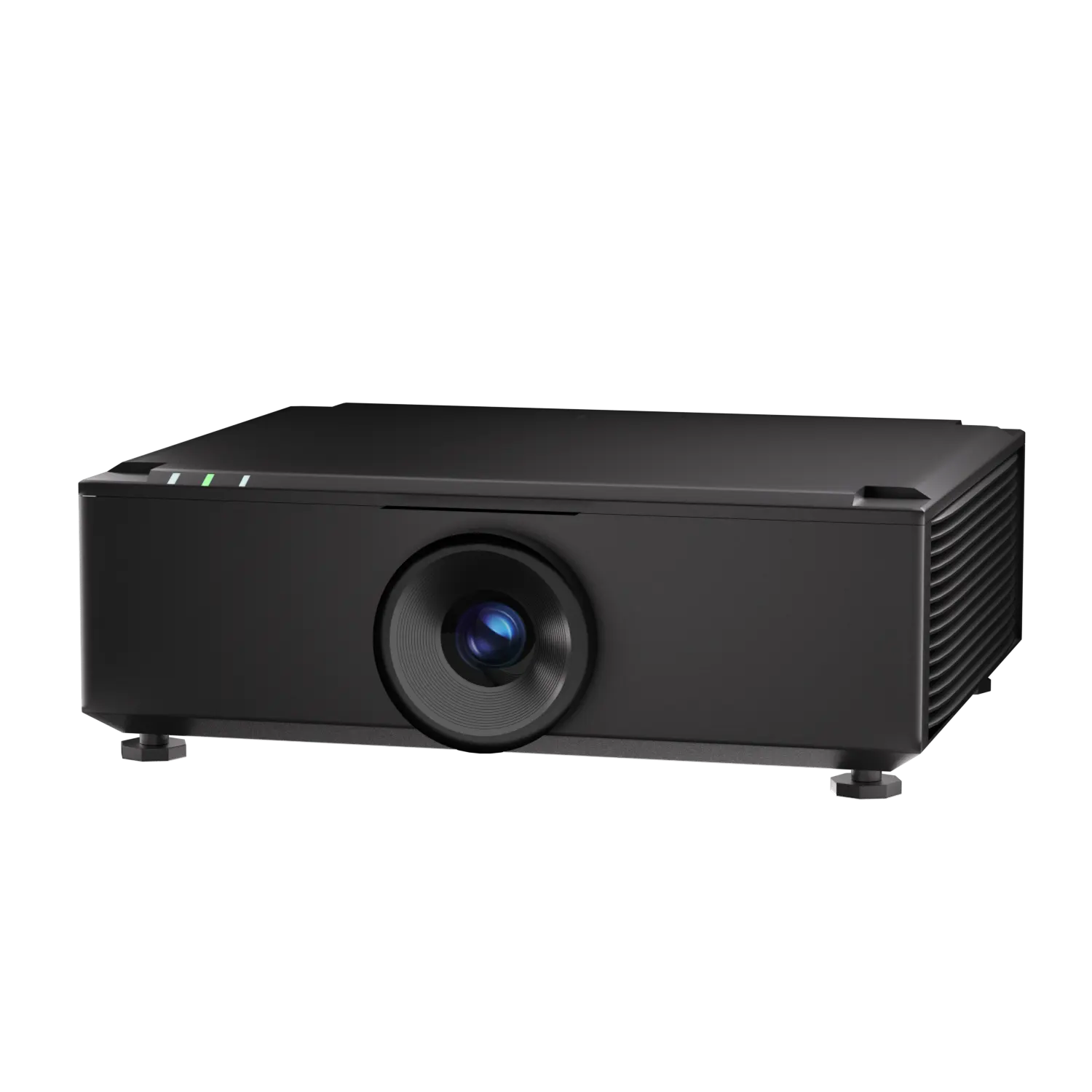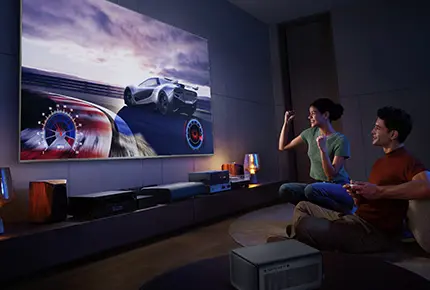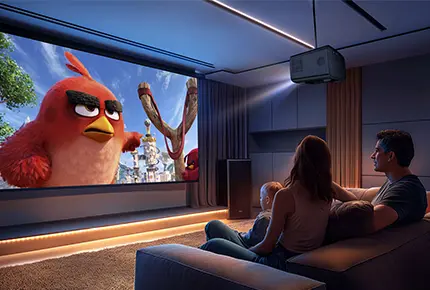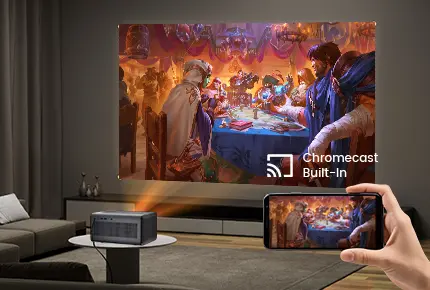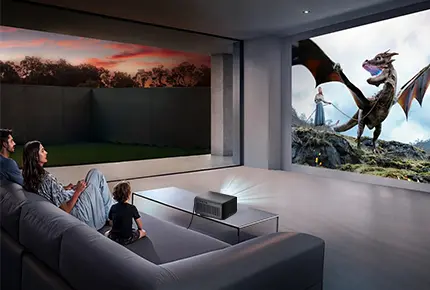Short-throw and long-throw projectors differ significantly in throw ratio, applicable scenarios, and image quality. Users should select based on their specific needs. Below are their characteristics and recommendations for selection.
Features of Short-Throw Projectors
Features of Short-Throw Projectors
Throw ratio is typically less than 1 (ultra-short-throw can be below 0.6), projecting a 100-inch image from just ~0.5 meters. Ideal for small spaces like bedrooms or compact meeting rooms.
Pros: Saves space, minimizes shadow interference, and reduces obstruction from movement.
Cons: Limited screen size (usually ≤120 inches), potential edge distortion or unevenness.
Features of Short-Throw Projectors
Due to the short distance, brightness loss is minimal, performing better in well-lit environments.
Sound-and-Image Synchronization
The projector is close to the screen, aligning sound direction with the image for immersive experiences.
Price and Size
Complex technology leads to higher costs; generally more expensive than long-throw models. Larger size due to intricate optical design.
Ideal Scenarios
Small apartments, rented spaces, interactive classrooms (avoiding direct light interference), or small conference rooms
Features of Long-Throw Projectors
Long Projection Distance
Throw ratio exceeds 1, requiring ≥2.5 meters for a 100-inch image. Suitable for large spaces like living rooms or home theaters.
Pros: Supports larger screens (e.g., 300 inches), flexible optical zoom for size adjustment.
Cons: Space constraints may require ceiling mounting or distant placement.
Image Quality and Price
Mature technology offers better image quality (contrast, color accuracy) at similar price points. Sensitive to ambient light; dark environments are ideal.
Installation Flexibility
Supports ceiling mounting, side projection, or even projecting onto ceilings. Ideal for fixed setups.
Ideal Scenarios
Large living rooms, commercial displays, school classrooms, or outdoor events
How to Choose
Based on Room Size
Small spaces (≤3 meters): Prioritize short-throw or ultra-short-throw models to avoid insufficient distance.
Large spaces (≥4 meters): Long-throw offers flexibility for larger screens.
Budget and Image Quality Needs
Limited budget + high image quality: Long-throw provides better value.
Higher budget + anti-light needs: Short-throw is preferable.
Usage Scenarios
Home theater: Small rooms → short-throw; large living rooms → long-throw.
Education/meetings: Short-throw reduces shadows; long-throw suits large venues.
Portability: Short-throw is bulkier; long-throw is easier to transport.
Installation and Aesthetics
Prefer minimal wiring and wall-mounted setups: Short-throw blends better with decor.
So generally the short-throw projectors featuring compact spaces, anti-light, synchronized audio, but higher cost and limited screen size.The long-throw projectors featuring larger screens, flexible adjustment, cost-effective, but requires ample space.
Balance space, budget, image quality, and installation. For a middle ground, consider ultra-short-throw laser projectors (combining short-throw convenience with high brightness)

